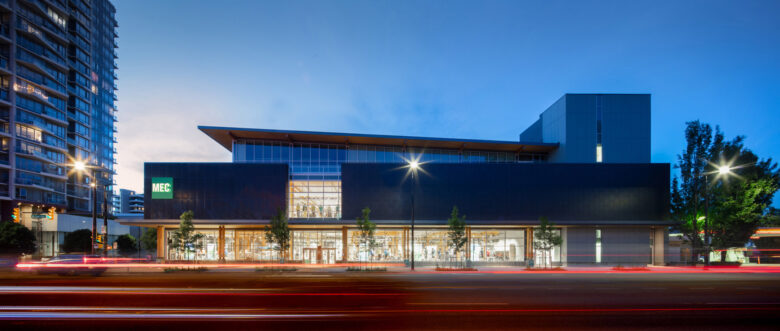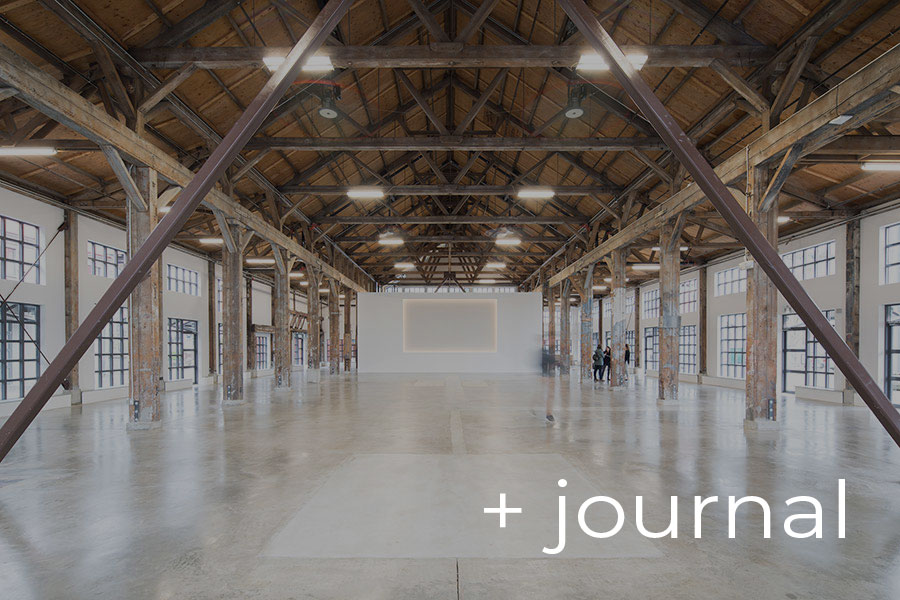
Sustainability in Design
November 2, 2020
Sustainable urban design is about more than innovation, it’s about survival.
On October 31st, the UN-Habitat (a UN program for sustainable urban development) released its 2020 report on World Cities, as mentioned by this article in ArchDaily. A central issue highlighted in the report is sustainable urban development. More people than ever before are living in cities, and reducing their carbon footprint will be a major factor in tackling climate change.
Sustainability is a big value for us at Proscenium, and we are thrilled when we get to work with clients who are passionate about it too. Over the years, MEC has made sustainability integral to its brand (more on this during Hugh Cochlin’s upcoming presentation for the Wood Solutions Conference).
One of the many features that makes the newly completed MEC Vancouver so unique is that it is a high-performance mass-timber building with high insulation and air tightness, designed to us one-third less energy than national standards. It is so efficient that the building’s mandatory connection to the Neighbourhood Energy Utility (NEU) is used to sell back excess energy to the system. The building is also LEED Gold and Salmon Safe.
Other green factors include: a flat central “blue” roof that collects water then reuses it in the building’s toilet system, “green” sloping roofs planted with regional meadow growth, and the use of wood as a building material. Wood construction (as an architectural trend) is a sustainable option because it has reduced embodied energy (it can be locally sourced) and the materials can be recycled after demolition.
Being sustainable never looked so good!
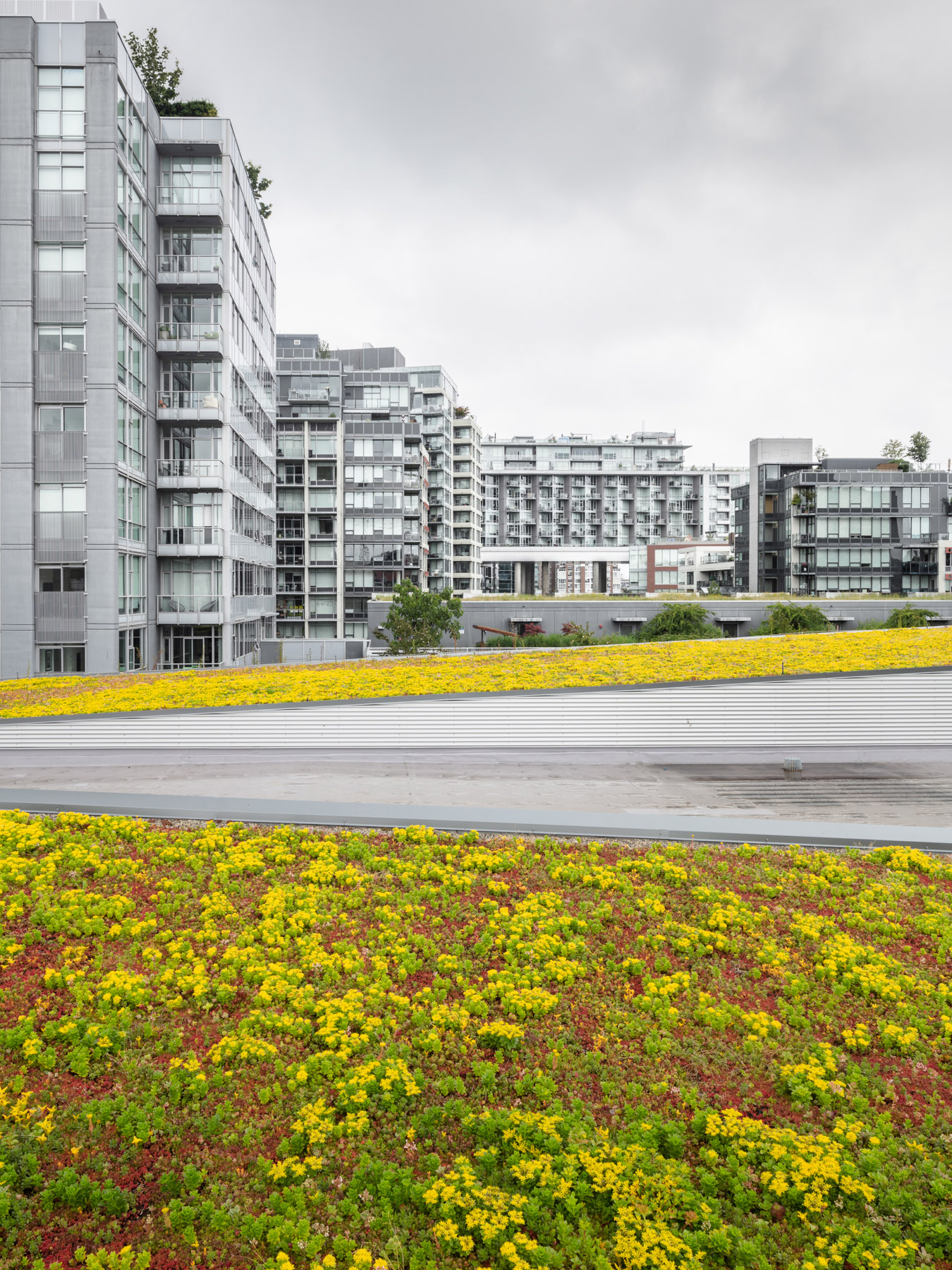
Green and Blue Roof for Water Collection
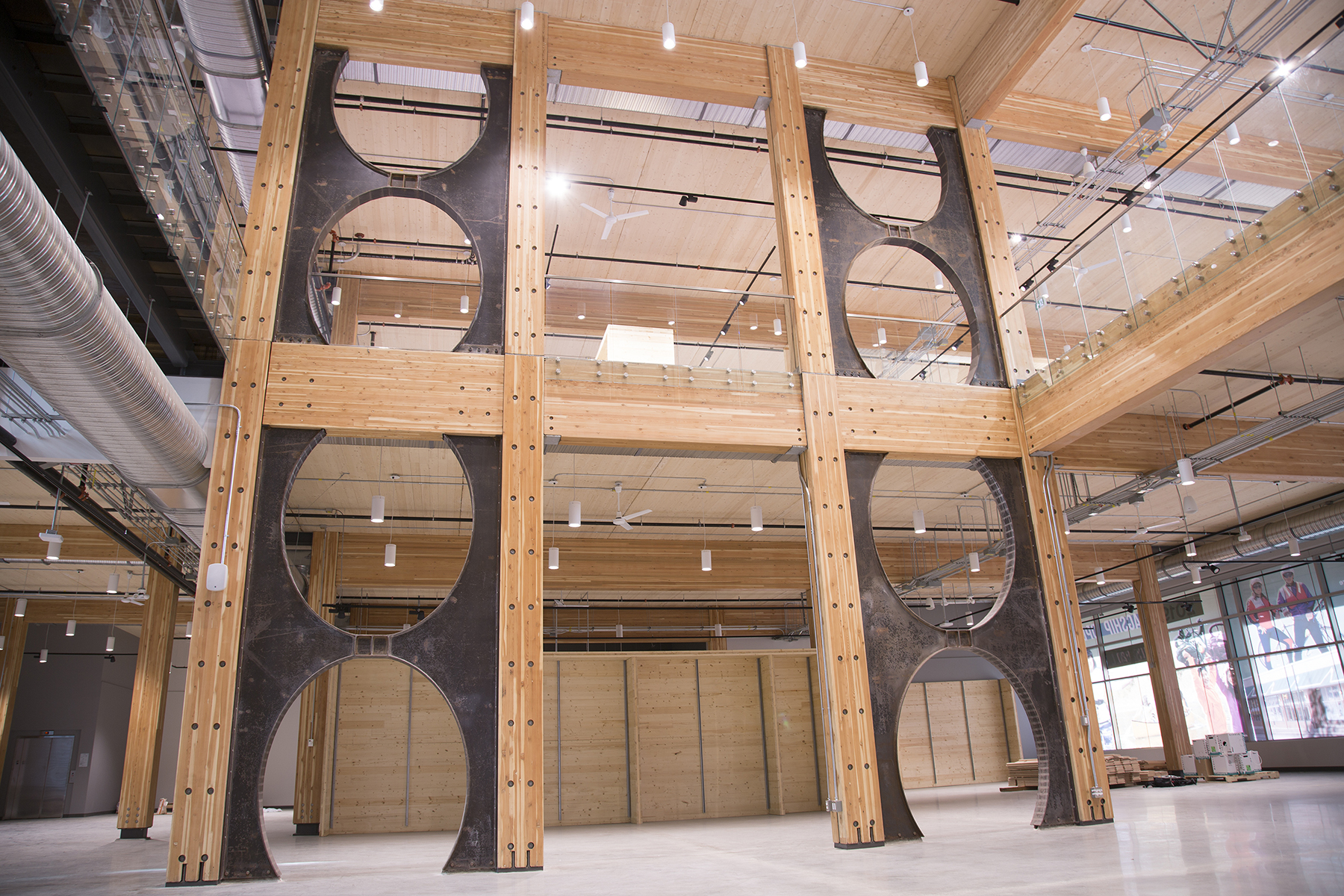
Interior Atrium (Showing Douglas Fir Glulam Columns, Spruce/Pine CLT Floor and Roof, Steel Omega Braces)
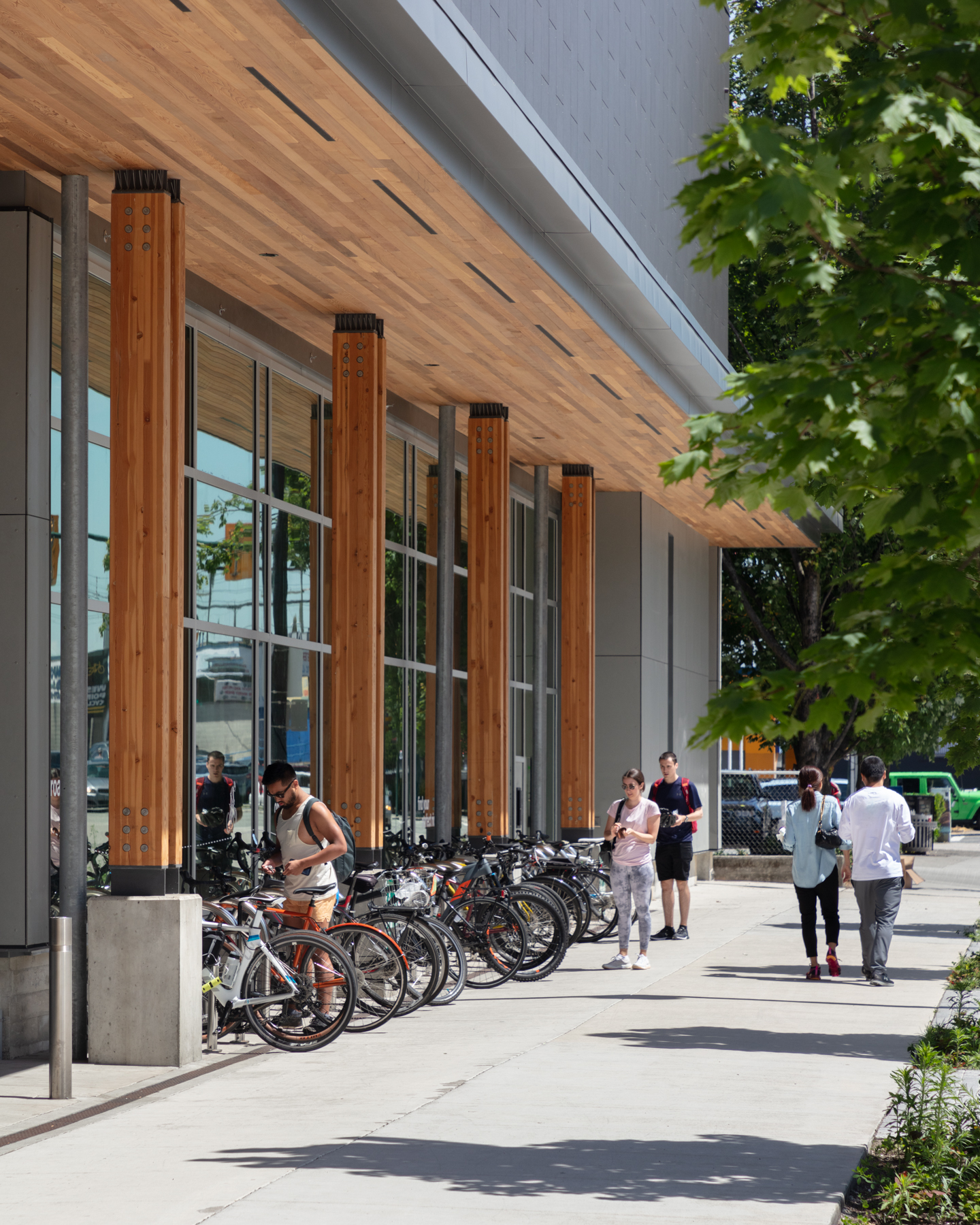
Cedar Wood Soffit/Column Canopy at 2nd Ave

